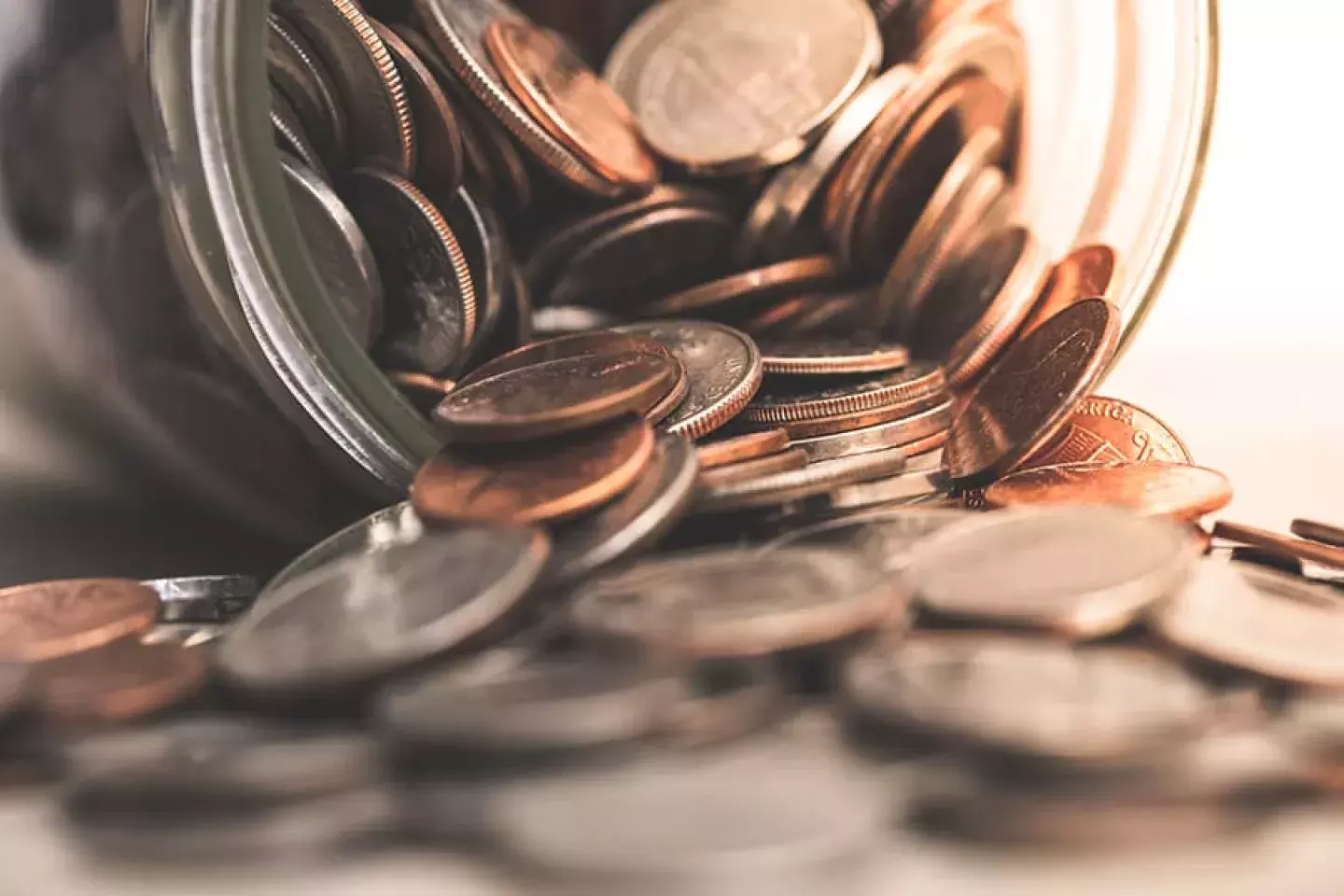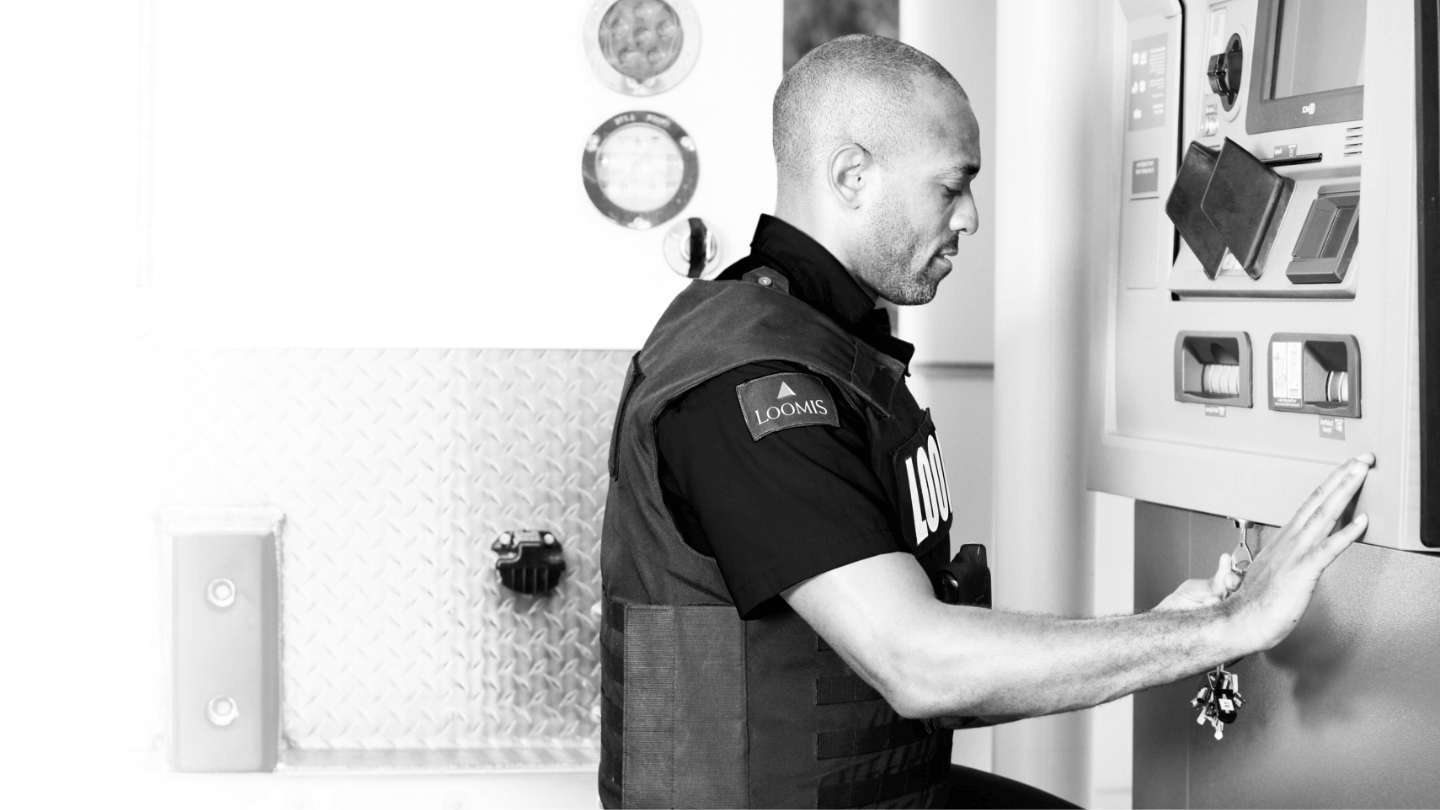Five Ways to Source Coinage During the Nationwide Shortage

Amid a surge in COVID-19 cases across the country, there’s yet another valuable commodity in short supply: coins.
With more businesses limiting their payment options, and fewer customers venturing out to shop and spend, the pandemic has disrupted the normal supply chain and circulation of pennies, nickels, dimes, and quarters from coin recyclers and retail transactions. And with many businesses temporarily closed, store registers become traps for coins that would otherwise be in circulation.
Even more, businesses or services that rely on coin-heavy transactions, such as toll roads or parking, are switching to digital collection methods.
“Simply put, “ said the U.S. Mint in a press release, “there is an adequate amount of coins in the economy, but the slowed pace of circulation has meant that sufficient quantities of coins are sometimes not readily available where needed.”
Further compounding the problem is that, for many Americans, cash is their only or preferred payment method, and with fewer businesses able to accept or make change, it adds extra obstacles to already stressed families. Plus, despite cash and coins being a safe payment option,* the stigma of cash being germier than credit and debit cards remains a popular notion.
According to a recent government study conducted by the Federal Reserve’s Cash Product Office, about 70% of survey respondents said that they aren’t avoiding cash payments. In fact, the average amount of cash people had on hand “increased from $69 to $81, a 17% increase from the pre-pandemic amount” reported prior to the U.S. outbreak.
That’s why the U.S. Mint is asking Americans to do their part by using exact change, depositing coins on-hand, and exchanging coins for currency whenever possible until conditions return to normal.
But what about the retailers and c-stores who rely on non-card transactions to remain operational and serve cash-paying customers? While the U.S. Mint is moving to meet the rising demand, Loomis recommends businesses try some of the following methods to collect coins until reliable circulation resumes.
Instruct tellers and cashiers to ask customers for coins
Sometimes it’s as easy as asking for help, especially when many people may not know there’s a shortage at all or forget about using coins. Be sure that the ask includes loose and non-rolled coins—anything from pocket change to full coin jars at home—since some may think rolled coins are the only option.
If customers don’t have coins on hand, recommend that they collect and return with all they can. Who knows? Doing so may result in extra return business.
Create signage for exact change or coin exchanges
Likewise, let customers know before they enter a location that coins are needed. Such signage could also help communicate that you are still accepting cash and make others aware of the ongoing coin shortage.
Incentivize coin exchanges
It doesn’t take a degree in advertising to know that words like “free” and “bonus” can spark immediate interest. Try adding some extra encouragement by offering free items or cash rewards for using coins or exchanging. For instance, several Chick-fil-A locations offered free food for customers who brought in $10 in rolled coins for exchange.
Add contactless or drive-thru exchange options
When COVID-19 hit the United States, it changed more than personal health practices; it changed how businesses interact with customers. As a result, more flexible delivery and payment options became commonplace, such as curbside and drive-thru, and helped offset declining store or lobby foot traffic.
The same methods can be used to help encourage coin exchanges. Consider adding a secure outdoor bin for drop-offs, creating dedicated parking spots with phone numbers for coin exchanges, or even leverage pre-existing drive-thru operations to promote and collect coins.
Plan a coin drive
While this route may require more planning than other options, it does provide opportunities to raise awareness and drive foot traffic to locations. Coin drives can include a philanthropic layer as well, where management could partner with a charity and collect coins at multiple locations. Once completed, the donated coins would be swapped for a check, helping serve a dual purpose.
If managing a public campaign sounds too much, then a coin drive could be a fun, competitive way to get employees involved. Offering the winner an extra vacation day or bonus might be just enough to ensure a business has the coins it needs.
Learn more about how Loomis is addressing the ongoing spread of COVID-19.
* Although studies show that cash and coins are a safer payment option, Loomis still highly recommends following CDC guidelines and best practices.
Find out how we can help with your cash management.
Contact Us